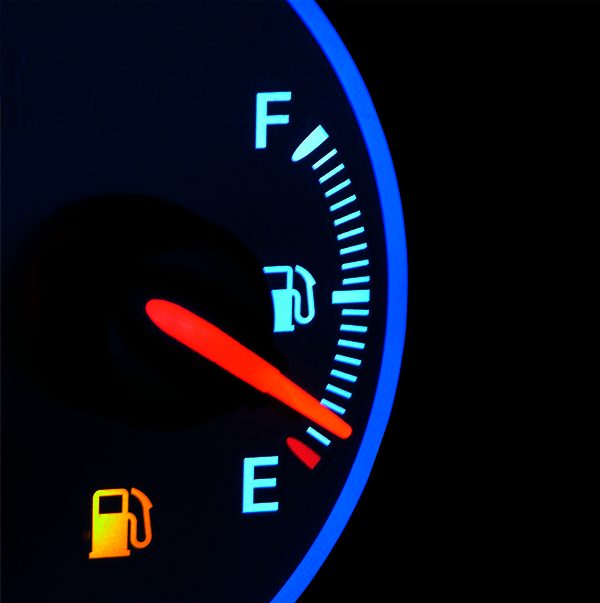Rising Gas Prices and the U.S. Refining Industry
WASHINGTON D.C. — The American Energy Alliance released a white paper today detailing the factors that contribute to the rising cost of gasoline — a combination of crude oil costs, taxes, distribution and marketing, refining costs, infrastructure issues, and regulations. The white paper, entitled “Rising Gasoline Prices and the U.S. Refining Industry” combines the scholarly research of the Institute for Energy Research with the public policy advocacy of the American Energy Alliance as a part of the two organization’s joint initiative, “American Products. American Power.”
“Gas prices today are more than double the national average in January 2009, the beginning of President Obama’s administration and the reversal of bipartisan-backed policies that promised to expand energy development on federal lands. The non-partisan Energy Information Administration now predicts that administration policies will result in 90,000 barrels per day lost in the Gulf of Mexico this year, and Alaskan fields are projected to fall by 20,000 barrels per day in 2013. These domestic supply shortages will doubtlessly continue to apply upward pressure on gas prices,” AEA President Thomas Pyle noted.
“Instead of opening new areas for production,” Pyle continued, “the Obama administration’s new five year plan for offshore drilling has closed the majority of the Outer Continental Shelf and essentially imposes an embargo on energy development when an abysmal 3 percent of our offshore lands are currently leased. Add President Obama’s rejection of the Keystone pipeline, reduced leasing activity, and the frantic pace of regulations aimed at crippling the domestic energy and refining industries, and the agenda becomes clear — an all-out war on fossil fuels that is driving the retail costs up for American consumers.”
Included in the white paper’s assessment of gas price factors are:
- Crude Oil Prices: According to the Energy Information Administration (EIA) 67 percent of the price of gasoline is a direct result of the price of crude oil.
- Taxes: According to EIA, federal, state, and local taxes make up 11 percent of the price of gasoline.
- Distribution and Marketing Costs: Transporting the oil and refined products along with the cost of sell the productions amount of 5 percent of the price of a gasoline according to EIA.
- Refining Costs: EIA reports that refining costs—which include all manufacturing costs like wages and benefits, operations costs, and taxes— amount to 12 percent of the price of gasoline, but refining is a low‐profit margin industry and refineries are closing.
- Infrastructure Issues: Prices vary from region to region in the U.S. because of where oil is produced domestically, the availability of pipelines to transport the oil, and because of the location of refineries.
- The Impact of Regulations: Regulations play a huge role in the price of gasoline. Despite the fact that air quality in the United States is now the best since EPA starting keeping records, U.S. refiners have spent $128 billion complying with federal environmental regulations since 1990.
To read the white paper, click here.
For the executive summary, click here.
###


